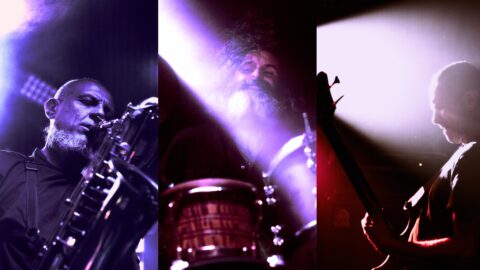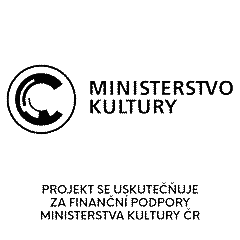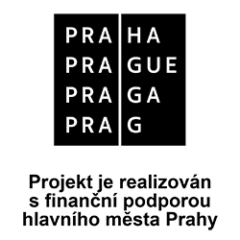The Kurds, like the Roma, the Tuareg of the Sahara or the Sami of the European north, are a nation without a state. Music is all the more important to them as a source of cultural identity. The singer Meral Polat or Ali Doğan Gönültaş showed the Czech audience how wonderfully expressive Kurdish music is. Tanbur player Mostafa Heydarian presents a different and even deeper insight into Kurdish culture. His three-stringed tanbur is unique for its minimalist simplicity. It is the perfect instrument for mystical rituals, creating an effect so powerful that it puts the audience into a trance with a minimum of resources.
The Kurds live in Turkey, Iraq, Syria and Iran, and number around 35 million in total. While the Turkish branch is the most strongly represented among the musicians in exile, the Heydarians come from the mountainous region of western Iran. The Kurds are also related to the Iranians linguistically.
His instrument is the tanbur lute. It should be specified here that similar sounding names are used in many languages for different instruments, not only stringed ones, from the Indian tanpura to the European tambourine. The Western Iranian tanbur is a key instrument in the rituals of the Kurdish religion known as Yarsanism, allied to Sufi mysticism. However, the tanbur is not used in Eastern classical music, having only three strings, two of which are tuned as a pair. It requires a specific technique from the player; the melody is played on the paired strings with each finger separately, while moving the hand from bottom to top.
Heydarian is only 23 years old and has had a surprisingly colorful journey. As a teenager, he met French musician Valentin Portron, who came to Iran to study tanbur. The latter then asked Mostafa to record tanbur parts for his rock band’s album. The collaboration eventually resulted in Mostafa’s first album, Songs of Horaman. His second album, Noor-e Vojood, was named Album of the Week on The Quietus, as well as receiving an insider and highly complimentary review: ‘Heydarian’s approach is respectable. He does not rush into bold declarations, avoids pseudo-mysticism and technical exhibitions. His music is subtle, mature, modest and simple, yet invites the perceptive listener to explore it.”















